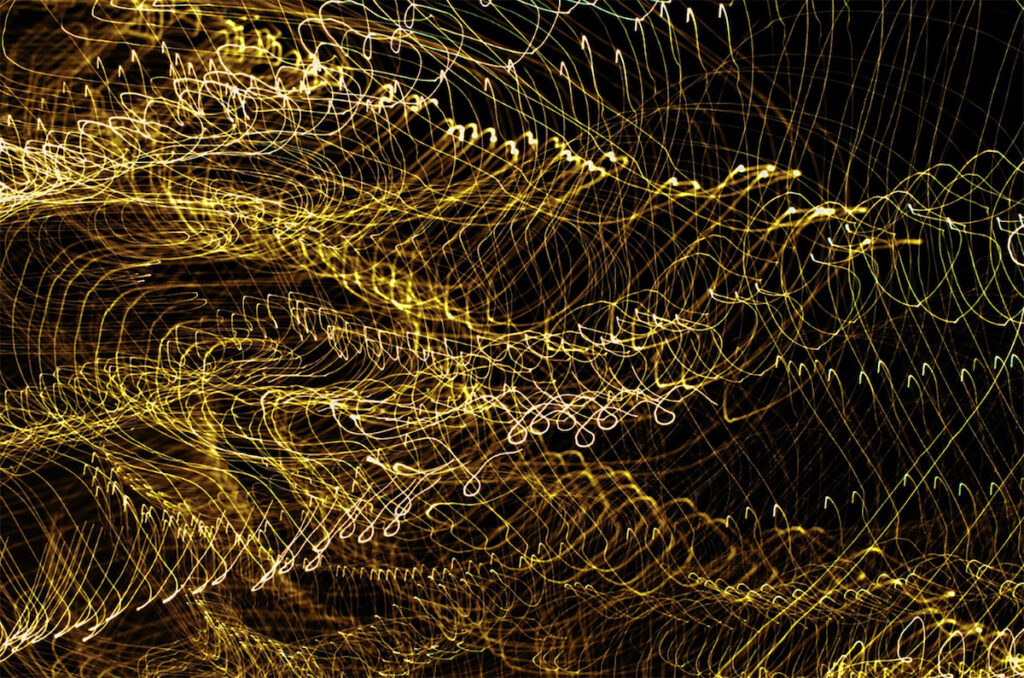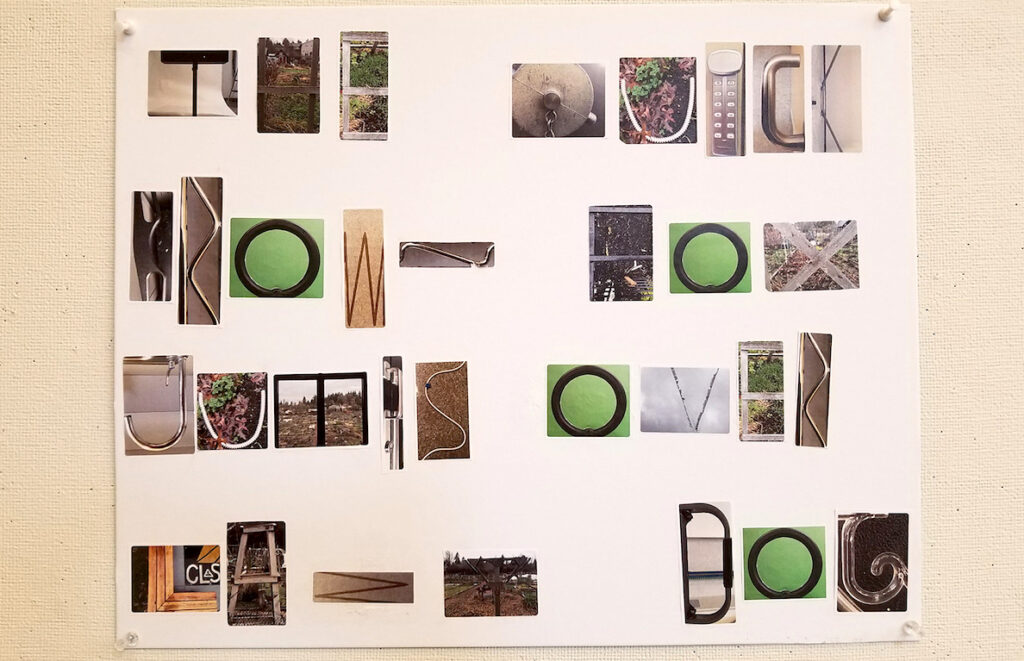Photography is one of the most popular electives in my school. I think a big reason for this is because students think it’s so easy to take pictures. These days, students can snap selfies and photos anytime, with little planning or thought. However, when they try to translate their social media skills to photography class, many of them realize their skills aren’t quite as sharp as they thought.
It’s important to show students taking a good photo involves more than a click of a button. In addition, we must help students discover a new way of looking and learn to see all of the details they’ve been missing. Starting off with projects to build these skills is crucial!
Here are 2 engaging projects I use with my beginning middle school photography students.

1. Photo Scavenger Hunts
Being able to leave the confines of the classroom is a big draw of photography classes, especially for middle schoolers. Scavenger hunts are a great way to help them focus during these periods of newfound freedom. Below are two ideas to try.
The Digital “Photo-bet”
The very first project we do in my middle school photography class involves locating the twenty-six letters of the alphabet in our surroundings. This Digital Photo-bet project takes time and hones students’ patience along with their observational and organizational skills. For this project, I typically have students use iPads to take the photos. This way, they stay focused on looking for the letters instead of playing with the camera.
The parameters of the project are simple:
- Students must look for objects and shapes that resemble letters. They may not take photos of actual letters.
- Students cannot stage their photos or retouch their findings. They must capture the “letters” as-is.
- The letters do not have to be captured in order. However, students should keep track of which letters they’ve captured as they go along.
- When finished, students must create a sentence or series of phrases that use all of the letters in a single composition. Students love to discuss these pieces and discuss the “letters” they see.
During the project, students quickly begin collaborating to find images and compare their letters with each other. There are usually a few students who insist the sticks they discovered had fallen exactly in the shape of an “N.” I trust them unless proven otherwise.

After the project is complete, I often notice students talking with each other about how they see their surroundings differently. They’re paying more attention, which is the goal.
Elements and Principles
Another early project involves photographing the elements and principles of art. It’s a good way to assess students’ background knowledge and introduce them to the capabilities of a Digital SLR camera.
For lots of students, this is one of their first exposures to a Digital SLR camera, and the features and capabilities of the camera are a bit overwhelming. Therefore, it’s a good idea to present and demonstrate a few basic concepts and techniques.
Here are 3 I like to focus on with my students:
- Focus
Taking pictures in focus is a continual struggle because middle school students always seem to be in a rush to get things done quickly. They also have a tough time remembering their cameras might be set to Manual Focus instead of Auto. The main idea here is encouraging them to slow down and check the focus instead of snapping the picture and moving on. - Composition and Lighting
I encourage my students to try and shoot with the goal of as little post-production editing as possible. Therefore, we talk a lot about using the viewfinder to compose a good image to start with. I teach them to look for distracting backgrounds or poor lighting from the get-go. Thinking in this way will save time in the long run. - Digital means you can take lots of photos!
I often have students go out to shoot only to return with a handful of images. They haven’t grasped the idea that they can take a large number of photo and choose the best shot from the group afterward. Many of them believe one shot is all they’ll need. Inevitably, students end up wishing they could have taken more images to capture a specific subject or moment.
Once students have gotten to know their cameras a bit and have reviewed the elements and principles, they head out to photograph them around our school. They really try to outdo each other with their images. I’ve had students look for textures no one can guess or use their peers to represent motion.

2. Light Painting
I usually do light painting with my students toward the end of the semester. It’s a fun way for them to learn how to manipulate images through the science of photography and light rather than software.
At this point, they’ve learned how time and light are the most important factors in creating a strong photograph. Now, they get to play with the concepts.
To do light painting, you’ll need:
- A camera
- A flashlight
- A tripod
- A dark space
Setting up in a dark or virtually pitch black space is best, though not a necessity. Have students set up the camera and tripod and adjust the shutter speed to a setting upward of a second. On most cameras, you do this with the TV (Time Variable) setting on the dial. Students may have to play with the actual shutter speed setting to find the ideal shutter speed length for their image, so encourage them to try out multiple variations.
After the shutter is opened, students move the flashlight around in either a shape or letter and the light is captured in trails until the shutter closes. They can write messages, create effects, and just generally play with light. I often end up with students spending multiple class periods trying to capture the perfect photo.

These engaging projects are a surefire way to get your students comfortable with their cameras and the basics of photography. As your students gain skills and confidence, you can let them explore and play a little more.
What are your favorite introductory photography projects?
With which camera features do your students encounter the most challenges when they begin working with photography?
Magazine articles and podcasts are opinions of professional education contributors and do not necessarily represent the position of the Art of Education University (AOEU) or its academic offerings. Contributors use terms in the way they are most often talked about in the scope of their educational experiences.





